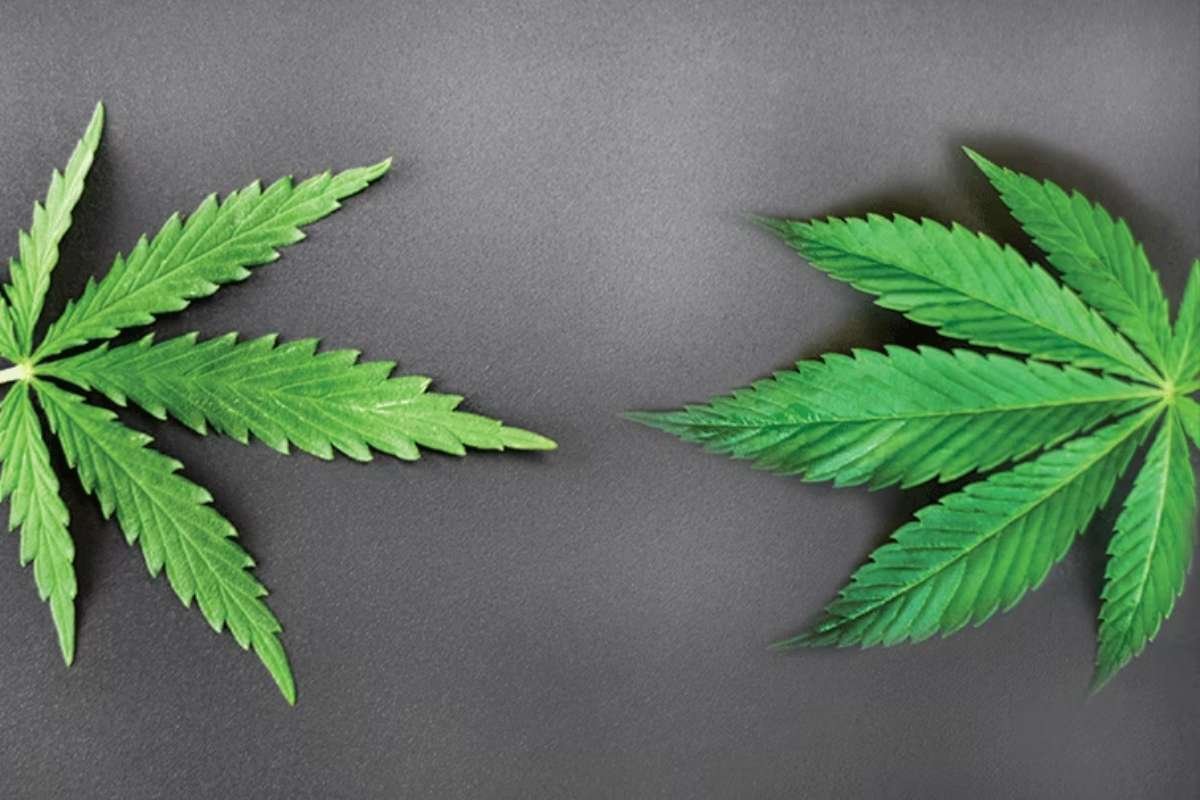Pharmaceutical corporations have always been under a great deal of pressure, but the current epidemic has further increased the urgency with which they must discover life-saving remedies. The use of (augmented reality) AR in the pharmaceutical industry has significant potential for satisfying this insatiable need.
The pharmaceutical sector is under a harsh and maybe unjust focus because of the continuing COVID-19 outbreak. Despite intense pressure, pharmaceutical companies including Pfizer, Moderna, and AstraZeneca developed vaccines against the SARS CoV2 virus that causes respiratory illness at record speed. Technologies like the Internet of Things and artificial intelligence have undeniably contributed significantly to this development.
Also, AR in the pharmaceutical industry is a promising new tool that might speed up and expand pharmaceutical innovation (AR). Due in part to its coolness element, augmented reality’s practical implications are frequently overlooked or undervalued. The use of augmented reality (AR) has many potential advantages and uses in many different areas, including robots and supply chain management. Discover the current and potential uses of AR in the pharmaceutical industry.
Here are 4 Applications of AR in the pharmaceutical industry;
1. AR for Drug Discovery
Improved efficiency and precision in drug discovery are one of AR’s primary roles in the pharmaceutical industry. Using AR, pharmaceutical firms may speed up their medication discovery and research for a wider range of ailments.
The English firm Sygnature Discovery, which plays a significant role in AR in the pharmaceutical industry, has harnessed virtual reality’s capabilities to make a groundbreaking discovery: the 3D monitoring of chemical compounds crucial in the development of new pharmaceuticals.

Data visualization in the pharmaceutical industry may benefit from the use of augmented reality. Experts in the medical and scientific fields may utilize augmented reality to analyze complex genetic data pertaining to individual viruses. This is often a rather time-consuming procedure. But with AR’s data visualization, scientists may analyze the properties of these particles to identify new drug combinations or other treatments for dangerous infections.
2. AR in Pharma Product Demonstration
Pharmaceutical businesses may put augmented reality’s impressive visual capabilities to use by demonstrating their products. It might be difficult for pharmaceutical companies to organize sales and marketing events. During product demonstrations, the advantages of freshly developed medications must be explained in a manner that is easily understood by researchers, hospitals, other purchasers, or regulatory agencies.
Since these groups need to take care of their own patients or customers, they may not have the time or resources to listen to pharmaceutical company sales representatives. That’s why a visual strategy is so well-suited to the job at hand: making the most of your time is of paramount importance.
Marketers for pharmaceutical companies stand to gain much from using augmented reality in their strategies. We all know that augmented reality (AR) is a technology that allows us to experience virtual worlds in which digital representations of real-world features are placed in front of our eyes.
Virtual reality (AR) – based sales solutions help streamline interactions with customers. To begin, presentations using AR-generated graphics may be given and watched from any location. Consequently, for the sake of advertising and making sales, it is possible to prevent having a large number of people congregate in one place.
Pharmaceutical businesses may use augmented reality to demonstrate to potential customers how their goods look and work. The presentation is much more stunning when it is seen on viewers’ own phones, tablets, or other devices, rather than requiring them to purchase pricey VR-like goggles.
To pique the audience’s interest, the presentation may make use of visually appealing graphical images of structures and chemical bonds. Customers in far-flung locations with different time zones from your pharmaceutical company’s location would appreciate the usage of AR in the pharmaceutical industry in sales and marketing presentations.
3. AR for Patient and Student Education
AR in the pharmaceutical industry is a visual description tool, it may be used to show patients and their families information about complex medications and treatments in a manner that is readily understood. Patients want to know the specific nature of their medical ailment and whether or not there is a drug available to treat it.
Medical professionals and pharmaceutical corporations may utilize AR to demonstrate to patients the effects of their illness on their bodies and the effects of prescribed drugs before the patients take them. Virtual reality (VR) gives such patients an extraordinarily thorough and immersive visual experience, enabling them to really comprehend what is wrong with their bodies and how pharmaceuticals developed by certain pharma firms would assist in strengthening their immunity to combat their health condition.

Knowing this will help patients and their loved ones feel more at rest, and they will be more likely to put their faith in the medical professionals and the pharmaceuticals they are prescribed. Hospitals and pharmaceutical businesses should work together to educate patients. Therefore, AR in the pharmaceutical industry has a wide range of applications, particularly in the medical and pharmaceutical industries.
The use of augmented reality for teaching purposes in the pharmaceutical industry is not limited to enlightening patients. Virtual reality (AR) might also be a game-changer for the world’s pharmacy and medical schools. In medical and pharmaceutical schools, augmented reality technologies may be incredibly transformative, but they are also very pricey.
We all know that studying chemical formulas and reactions can be a boring chore that leaves some students scratching their heads. With AR in the pharmaceutical industry, aspiring surgeons and pharmacists may see firsthand how various procedures and drugs function.
Although this application is unrelated to pharmaceutical companies, the students who have fully grasped the complex chemical workings and equations with the use of AR in the curriculum will turn out to be rich pickings for such organizations whenever they visit medical and pharmacy colleges for recruiting skilled freshers and adding them to their workforce.
4. AR for Pre-Production Research
The creation of drugs, as you can expect, is a laborious and time-consuming endeavor. Making a new treatment and getting it approved for commercial use may take months, or even years, of research, testing, and trial-and-error approaches.
Because of AR’s data visualization features, the manufacturing process may be sped up. Pharmaceutical firms may use AR in the pharmaceutical industry technologies to see what their final medicine will look like before it’s even made. Visualizations may be seen on electronic devices such as laptops and tablets. Pharmaceutical firms may save tens of thousands of dollars by not having to do many studies of the same medicine because of visuals-based research.

Augmented reality enables not just visual research and forecasting but also fully automated medication manufacturing management. Supervisors in the pharmaceutical industry may use augmented reality to test out new manufacturing procedures from afar. They may use AR in the pharmaceutical industry technologies to keep tabs on the trial process digitally, and if everything goes well, the mechanisms will be approved for widespread use.
The elimination of human error in pharmaceutical processes is a primary goal of AR in the pharmaceutical industry and other forms of automation technology. We can say with confidence that AR’s capabilities meet this requirement because they permit the virtual testing of new production processes without human intervention, thereby lowering the likelihood of accidents or deaths caused by workers’ poor understanding of new machines and production operations.
- Augmented reality
- Pharmaceutical companies
BOTTOM LINE
Overall AR in the pharmaceutical industry and potential in the healthcare sector is enormous. Organizations may improve their return on investment (ROI), productivity (P), and adherence to rules (Regulations) by using AR for the aforementioned and other uses.









